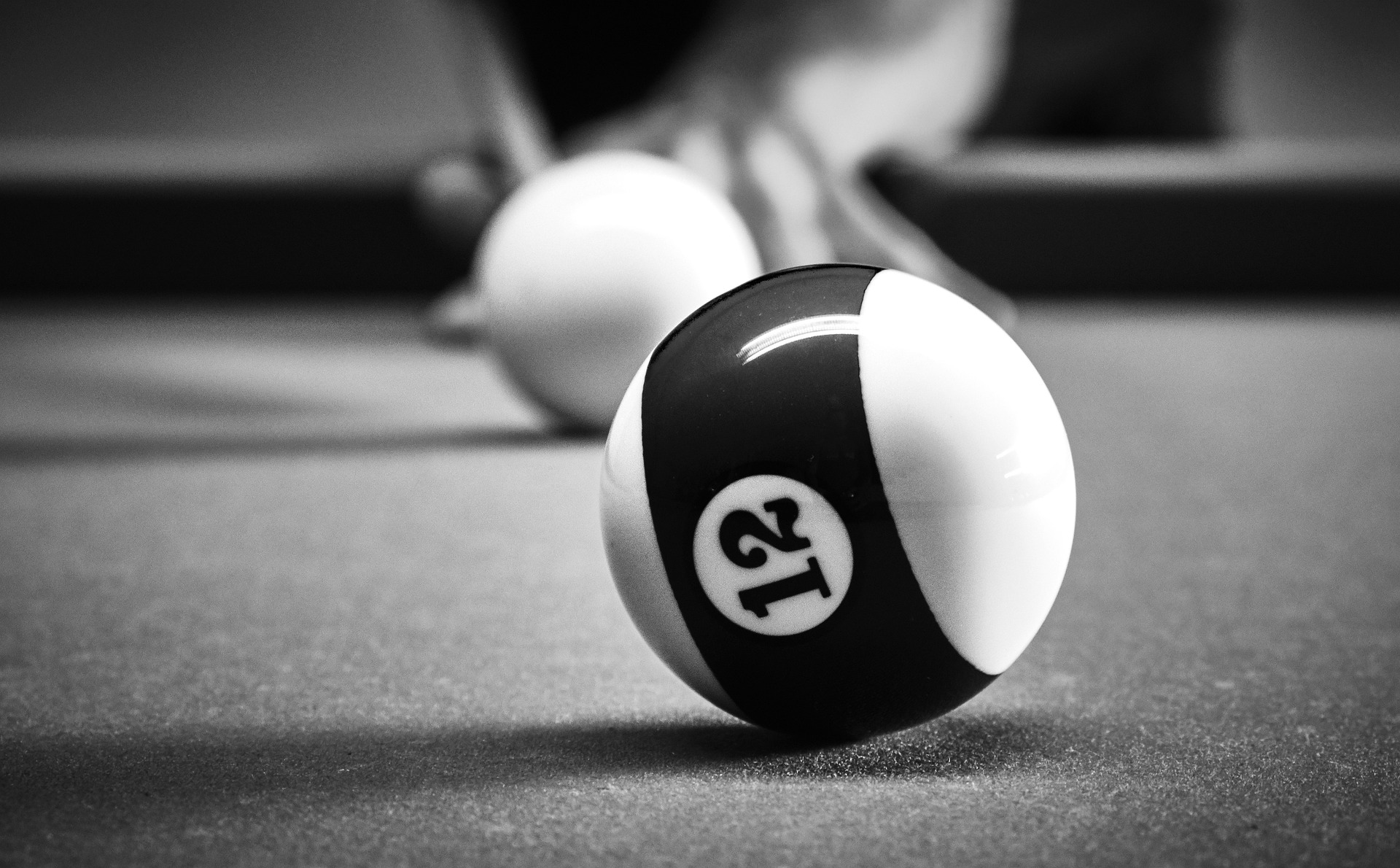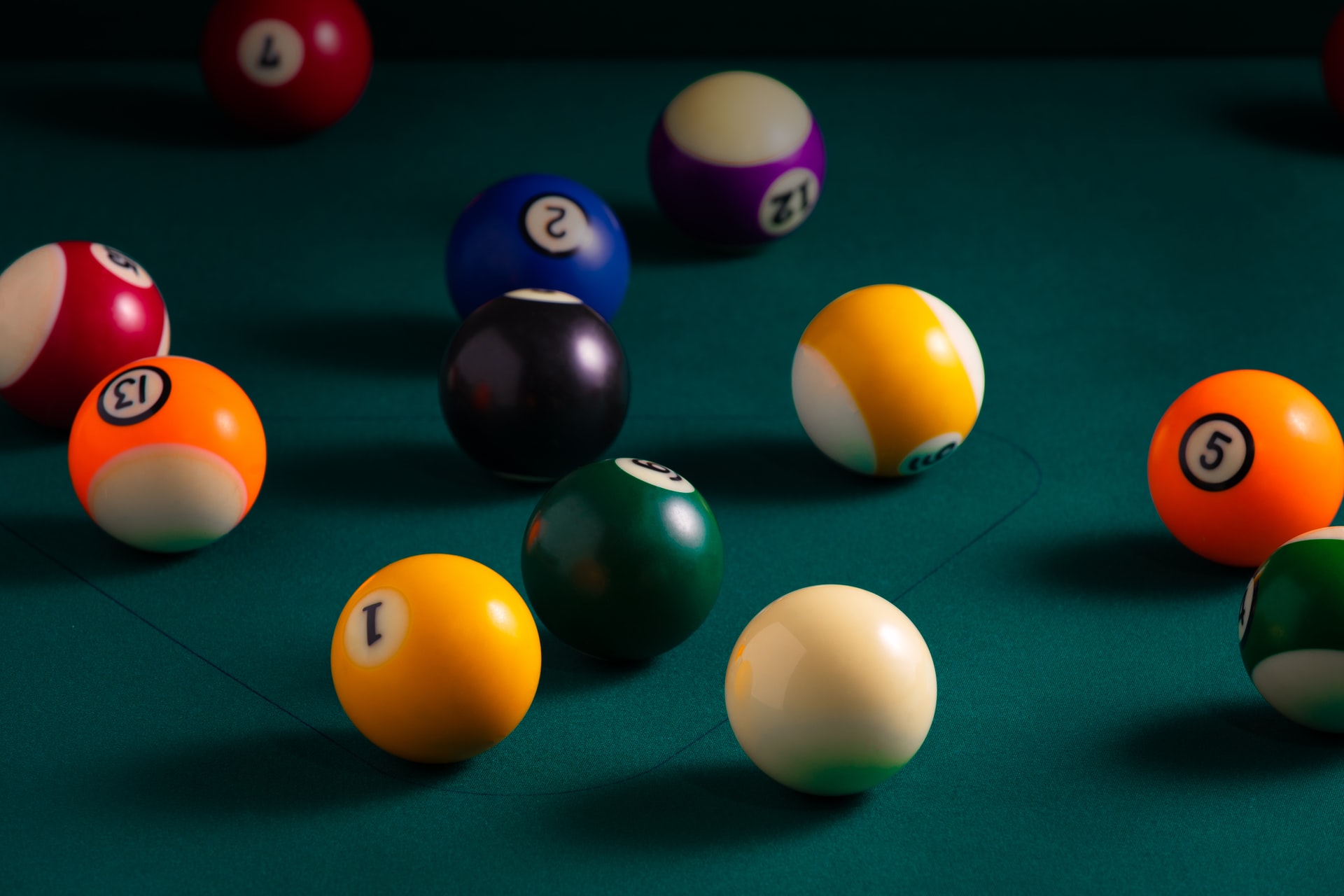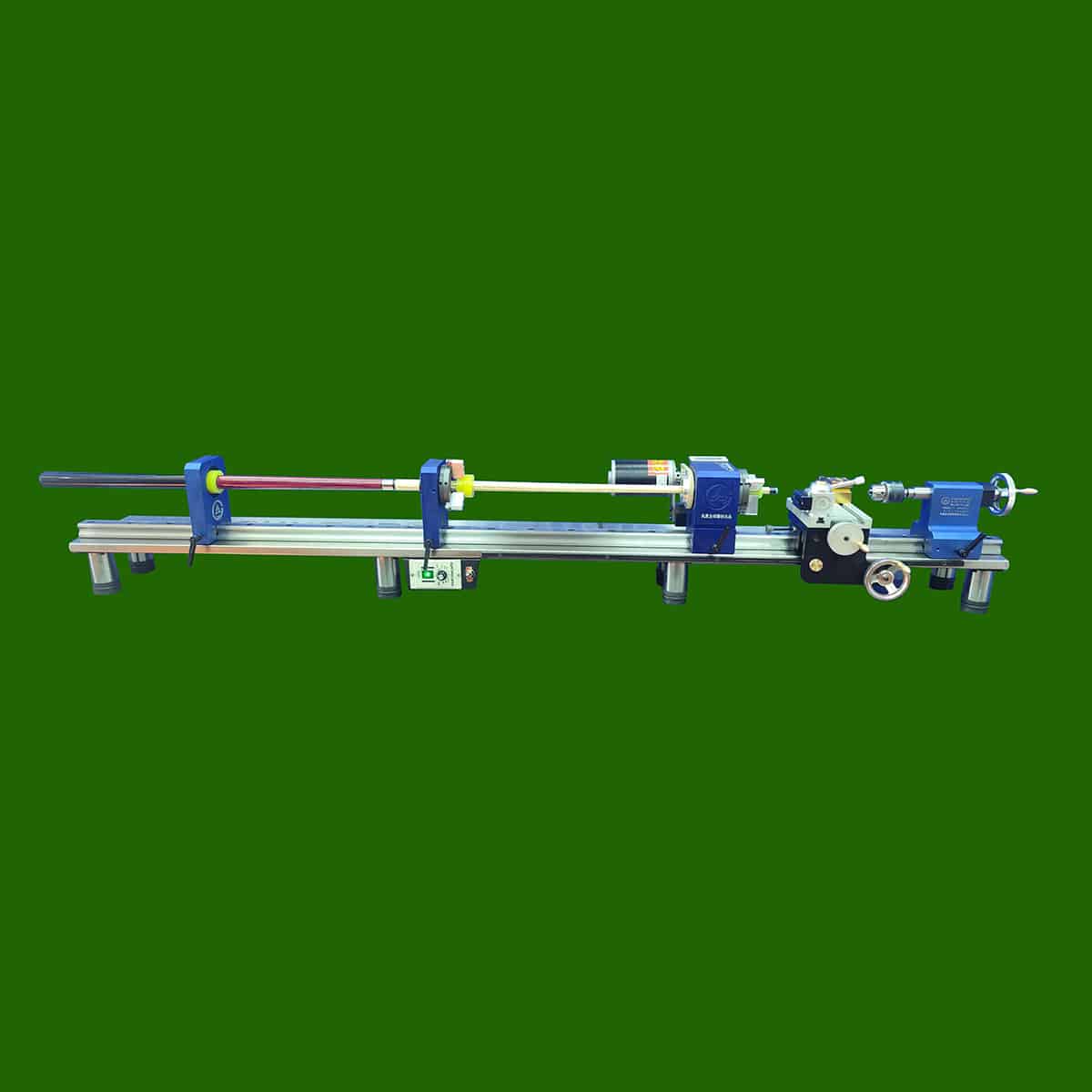What Is The Best Pool Cue? Finding Your Perfect Stick
Alright folks, let's dive right into it. If you're here, chances are you're searching for the ultimate answer to that burning question: what is the best pool cue? Whether you're a beginner or a seasoned player, having the right stick can make all the difference. A quality pool cue isn’t just about aesthetics—it’s about precision, consistency, and feel. And trust me, once you find the right one, it’s like finding your soulmate in stick form.
Now, I know what you're thinking. With so many options out there, how do you even begin to choose? Don’t worry, champ. That’s why we’re here. This guide is packed with everything you need to know to pick the best pool cue for your game. From materials to weight, balance, and design, we’ve got you covered.
But before we jump into the nitty-gritty details, let's talk about why this matters. A good pool cue isn’t just a tool—it’s an extension of your arm. It should feel natural in your hand, giving you confidence with every shot. So, buckle up, because we’re about to break it all down for you.
Read also:Young Pope Francis The Early Life And Influence Of A Modernday Leader
Let's get started, shall we?
Table of Contents
- What is a Pool Cue?
- Types of Pool Cues
- Choosing the Right Pool Cue
- Material Matters: Wood vs Synthetic
- Weight and Balance: Finding Your Sweet Spot
- Design and Aesthetics: Style Meets Function
- Top Brands to Consider
- Maintenance Tips for Your Cue
- Common Mistakes to Avoid
- Conclusion: Your Path to Pool Perfection
What is a Pool Cue?
Let’s start with the basics. A pool cue, for those who might not know, is the stick you use to strike the cue ball in a game of pool, snooker, or billiards. It’s more than just a piece of wood or synthetic material—it’s the key to your success on the table. The best pool cue will help you execute shots with precision and power, but choosing the wrong one can leave you feeling frustrated and off your game.
Now, here’s the thing: not all cues are created equal. Some are designed for beginners, while others cater to professionals. The best pool cue for you depends on your skill level, budget, and personal preferences. Don’t worry—we’ll cover all of that in detail.
Why is a Pool Cue Important?
Think about it this way: would you try to play guitar with a broken string? Of course not! Similarly, trying to play pool with a subpar cue is like shooting yourself in the foot before the game even starts. A good cue allows you to focus on your technique rather than worrying about whether your equipment will hold up.
Types of Pool Cues
Alright, now that we’ve established what a pool cue is, let’s talk about the different types. There are primarily two categories: **one-piece cues** and **two-piece cues**. Each has its own pros and cons, so let’s break it down:
- One-Piece Cues: These are often used by beginners or casual players. They’re solid and durable, but they lack the flexibility and adjustability of two-piece cues. Plus, they can be a pain to transport.
- Two-Piece Cues: These are the go-to choice for serious players. They break down into two parts, making them easier to carry around. Plus, they offer more customization options, allowing you to tailor the cue to your specific needs.
There are also **house cues**, which are typically found in bars or pool halls. These are designed for general use and aren’t meant to be high-performance tools. If you’re looking for the best pool cue, you’ll want to steer clear of these unless you’re just starting out.
Read also:Pope Francis Says All Religions Are Paths To God A Deeper Look
Specialty Cues
For those who want to take their game to the next level, there are specialty cues designed for specific types of shots. For example:
- Jump Cues: These are shorter and lighter, making them perfect for executing jump shots.
- Break Cues: These are built to withstand the force of breaking the rack, ensuring you don’t damage your main cue.
Choosing the Right Pool Cue
Now that you know the different types of cues, it’s time to figure out which one is right for you. Here are a few factors to consider:
1. Skill Level
If you’re a beginner, you might want to start with something simple and affordable. As you improve, you can upgrade to a more advanced cue. Don’t break the bank on a high-end stick if you’re still learning the ropes.
2. Budget
Pool cues can range from $50 to several thousand dollars. The best pool cue for your wallet will depend on how much you’re willing to spend. Just remember, price doesn’t always equal quality. Do your research before making a purchase.
3. Personal Preference
At the end of the day, the best pool cue is the one that feels right to you. Whether it’s the weight, balance, or design, make sure it’s something you enjoy using.
Material Matters: Wood vs Synthetic
One of the biggest decisions you’ll make when choosing a pool cue is whether to go with wood or synthetic materials. Let’s weigh the pros and cons:
Wooden Cues
Wooden cues are the traditional choice and are favored by many professional players. They offer a natural feel and are often more aesthetically pleasing. However, they can be prone to warping and require more maintenance.
Synthetic Cues
Synthetic cues, on the other hand, are more durable and resistant to environmental changes. They’re also generally cheaper than wooden cues. The downside? Some players feel they lack the same level of control and responsiveness.
Weight and Balance: Finding Your Sweet Spot
Another crucial factor to consider is the weight and balance of your cue. Most pool cues range from 18 to 21 ounces, with 19 ounces being the most common. The best pool cue for you will depend on your personal preference and playing style.
Balance is equally important. A well-balanced cue will allow you to maintain control and consistency throughout your game. Some players prefer a front-heavy cue for added power, while others like a more balanced stick for precision.
How to Test Weight and Balance
When trying out a cue, hold it at the balance point. It should feel stable and comfortable in your hand. If it feels too heavy or too light, it might not be the best fit for you.
Design and Aesthetics: Style Meets Function
Let’s be honest, we all want a cue that looks as good as it performs. Design and aesthetics play a big role in choosing the best pool cue. Whether you’re into classic wood grain or bold, modern designs, there’s something out there for everyone.
Customization Options
Many manufacturers offer customization options, allowing you to create a cue that’s truly unique. From inlays to wraps, the possibilities are endless. Just remember, while style is important, it shouldn’t come at the expense of functionality.
Top Brands to Consider
When it comes to finding the best pool cue, brand reputation matters. Here are a few top brands worth checking out:
- Meucci: Known for their high-quality wooden cues, Meucci is a favorite among professionals.
- Schonstedt: Offers a range of affordable yet reliable options for beginners and intermediate players.
- Pearl: Renowned for their innovative designs and cutting-edge technology.
Maintenance Tips for Your Cue
Once you’ve found the best pool cue for you, it’s important to take care of it. Proper maintenance will ensure your cue lasts for years to come. Here are a few tips:
- Always store your cue in a safe place, preferably in a case.
- Keep it away from extreme temperatures and humidity to prevent warping.
- Regularly clean the tip and shaft to maintain optimal performance.
Common Mistakes to Avoid
Finally, let’s talk about some common mistakes people make when choosing a pool cue:
- Buying a cue that’s too expensive for their skill level.
- Ignoring the importance of weight and balance.
- Not testing the cue before purchasing.
Conclusion: Your Path to Pool Perfection
So, there you have it—everything you need to know to find the best pool cue for your game. Remember, the right cue is one that feels comfortable in your hand and helps you execute shots with precision. Don’t rush the decision—take your time and try out different options until you find the perfect fit.
Now, it’s your turn. Whether you’re a beginner or a pro, I’d love to hear about your experience with pool cues. Leave a comment below and let me know what you think. And if you found this guide helpful, don’t forget to share it with your friends!
Happy shooting, folks!
Article Recommendations


